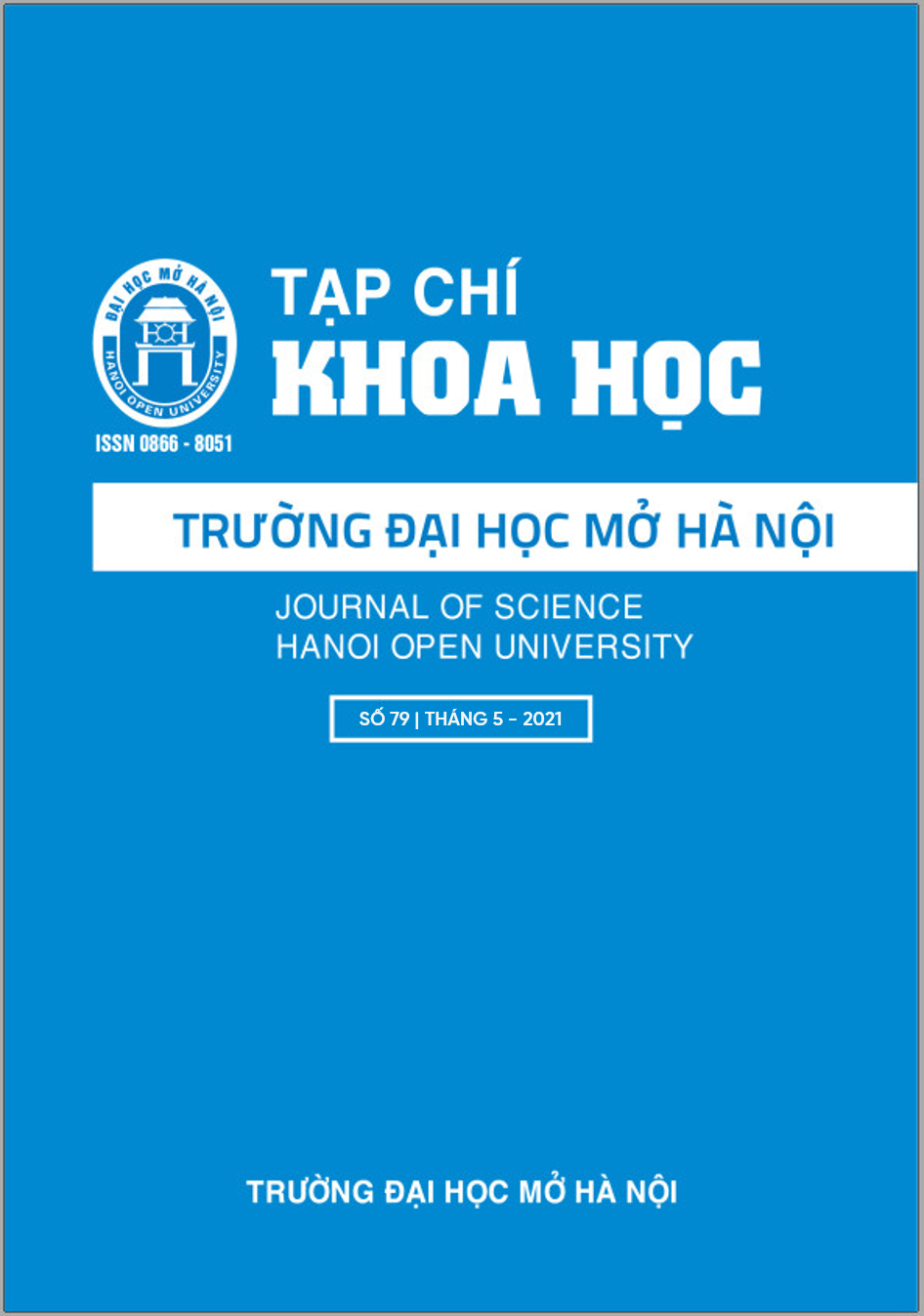SCLUPTURE ART OF DINH HUONG TOMB OF HIEP HOA, BAC GIANG
Keywords:
Sculpture art, Dinh Huong Tomb, preservation, restoration, the national traditional artAbstract
The eighteenth century was a period of unique and rich development in terms of genre, type, as well as degree of perfection of expressive language of ancient Vietnamese architecture and sculpture. If in the XI-XIV century, the art of sculpture mainly served in the pagoda, and in the tombs of the Le dynasty in the 15th century, then in the 17th-18th centuries, it was served in all communal house, pagoda, temple, tombs and other small structures. The complete shaping of the structure as well as the strong need for beliefs made the tomb a prominent appearance of the 17th-18th centuries. During this period, many tombs were built, in which the tomb system in Hiep Hoa, Bac Giang in general, Dinh Huong tomb in particular is a valuable architectural and artistic treasure of outdoor sculpture. The upheaval of history, the devastation of war, the severity of weather, time and human unconsciousness, especially the theft of ancient tombs, and regular land encroachment on relics cause the tombs to be destroyed and seriously damaged. Therefore, the preservation and restoration of ancient sculptures and architecture becomes more urgent than ever. The article aims to clarify the unique values of the architectural decorative sculpture art of Dinh Huong Tomb of Hiep Hoa, Bac Giang and contribute to preserving and promoting the quintessence of the national traditional art.
References
[1]. Trần Lâm Biền (2000), Một con đường tiếp cận lịch sử, Nxb Văn hóa Dân tộc, Hà Nội.
[2]. Đặng Thị Phong Lan (2003), Nghệ thuật điêu khắc lăng mộ thế kỷ XVII, XVIII ở Hiệp Hòa, Bắc Giang, Luận văn Thạc sĩ, Viện Văn hóa Nghệ thuật.
[3]. Dương Quang Luân ( 2003), Hiệp Hòa phong thổ ký, Nxb Hội nhà văn.
[4]. Nguyễn Đức Năng (1978), Mỹ thuật Thời Lê Sơ, Nxb Văn Hóa Hà Nội.
[5]. Lê Tạo (2006), Nghệ thuật chạm khắc đá truyền thống ở Thanh Hóa, Luận án Tiến sĩ nghệ thuật, Viện Văn hóa Thông tin, Hà Nội.
[6]. Nguyễn Hữu Thông (2001), Mỹ thuật Huế nhìn từ góc độ ý nghĩa và biểu tượng trang trí, Nxb Thuận Hóa.
[7] Phan Cẩm Thượng (1997), Điêu khắc cổ Việt Nam, Nxb Mỹ thuật. Hà Nội.
trúc dân gian truyền thống Việt Nam, Nxb Mỹ thuật, Hà Nội.
[8] Thái Bá Vân (1995), Tiếp xúc với nghệ thuật, Viện Mỹ thuật Việt Nam, Hà Nội.
